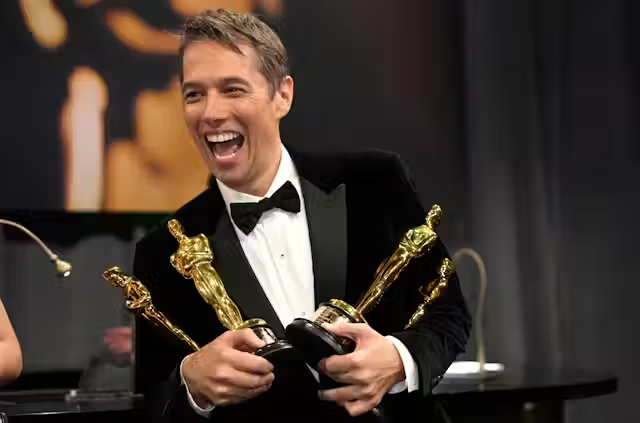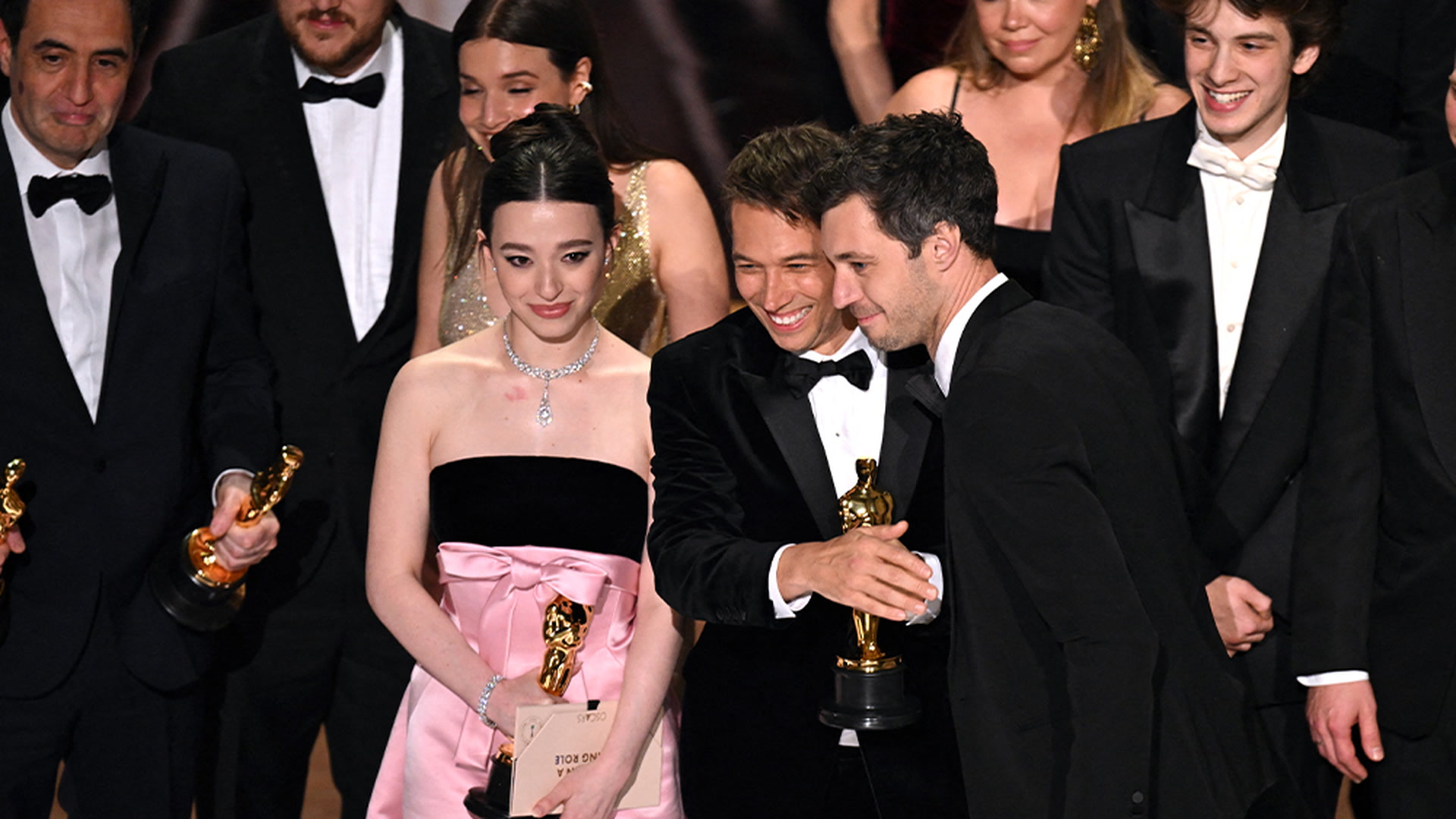This year’s nominees proved that films best connect with audiences via the big screen and that recognising this is core to building a healthy indie film ecosystem.
Sean Baker had an awful lot of time to wax lyrical on the Oscars stage as he collected a record-breaking four statues. His most powerful words came during his best director speech as he said “In a time in which the world can feel very divided, [cinema] is more important than ever. It’s a communal experience you simply don’t get at home”. It\’s a beautiful sentiment, articulately put.
Sadly, one not reflected in much of the coverage for Anora, which has focused on how it is the lowest grossing non-COVID best-picture winner and signals “a new era” for the Oscars in which studios and mainstream audiences are out. Putting aside the fact that last year Oscar’s top prize went to the near billion-dollar grossing Oppenheimer, this is still the wrong message to be taking away. While this year’s frontrunners certainly weren’t megalodons of the multiplex, they still prove how much cinema matters and how there is life in it yet.

Anora did exactly what it needed to, crafting a compelling story, connecting it with the right audiences, and having faith in theatrical exhibition.
I was lucky enough to see Anora when it premiered at Cannes, later catching a near-desolate Monday matinee when it properly released last November. It blew me away both times, but something was lacking the second go round. I missed the energy that comes from a packed audience and that ephemeral jolt of electricity that pulses through a crowd. Anora was crafted to be a communal experience, which feeds off the laughter and heartbreak of the audience and, in the absence of a score save its pitch perfect needle drops, uses their reactions to underscore its rhythm and pace.
In short, it is a film which can’t be experienced quite the same on your own and it seems audiences realised that. Anora may not have been 2024’s biggest box office title, but it did secure the year’s highest per-theatre average in the U.S. during its limited release and the second highest of any film post-covid. Its $41 million global box-office may not be massive, but it’s certainly successful given its $6 million budget. Doubly impressive given its lack of stars and considering Baker’s three previous films grossed $14 million combined.
Anora did exactly what it needed to, crafting a compelling story, connecting it with the right audiences, and having faith in theatrical exhibition. In doing so, Baker and distributor Neon propelled the film to a healthy box-office and ensured it a legacy unlikely to be found through streaming. It’s also not the only best-picture nominee to do this.

The Substance was a bonkers gorefest that had to not just be seen, but truly experienced, to be believed. Distributors MUBI recognised this mounting a full release in cinemas, which traded on the pleasure of collective viewing long associated with the horror genre. This included circulating footage of packed audiences giddily screaming, laughing, and averting their eyes in unison. Audiences were told that The Substance was a horror classic in the making, and as a result they turned it into Mubi’s biggest release grossing $88 million.
The big message we should be taking away from this year’s Oscars is that distribution and exhibition are not commercial afterthoughts but integral to the artistry of film itself.
The Brutalist contained all the trappings that conventional wisdom would have you believed rendered it a commercially unviable relic of a bygone era. A film about architecture, fascism, and the refugee experience, which clocked in at three-and-a-half hours (about the length of Adrien Brody’s acceptance speech), and even included an interval which has been scarcely done since the 1960s. However, it leaned into all its least marketable traits, helping to eventise the film into a one-off cinematic experience that enough people thought was worth heading out to the cinema for. The reward was handsome global receipts totalling $41 million.

Even the much-maligned Emilia Perez may have done better were it given a proper cinema run, rather than being dumped on Netflix’s home page. I was not a big fan of the film, but, seeing it in the heady air of Cannes, it was hard not to feel a little impressed by the dizzying array of elements it was juggling. The self-professed home of “gourmet cheeseburger” content was never going to be a suitable fit for a film closer to balancing twelve wildly different courses of a tasting menu on top of each other. At the very least, the film deserved the chance to build a mini cult following that can only come from cinema screenings, with audiences crying out “From Penis to Vagina!!” in Rocky Horror fashion.
The big message we should be taking away from this year’s Oscars is that distribution and exhibition are not commercial afterthoughts but integral to the artistry of film itself. How, where, and with whom we see a film is as important to building a connection with it as the film itself.
The big screen is still the best place to see movies and as this year’s crop of nominees have shown, it is the most sustainable way to make money with them as well. While indie cinema will never top year-end financial lists, there is an audience prepared to go out and support it.
So, to quote Baker’s speech once more, “Filmmakers keep making films for the big screen. Distributors, please focus first and foremost on the theatrical releases of your films”.


